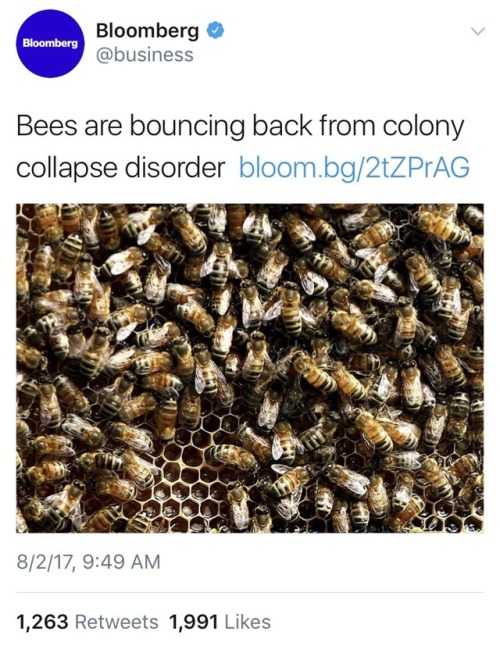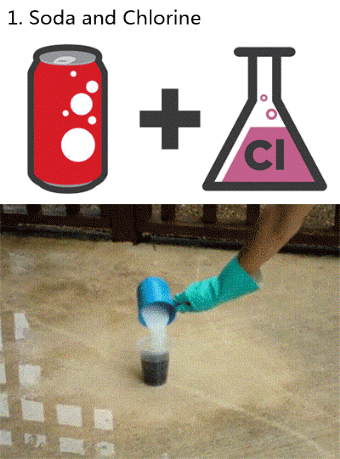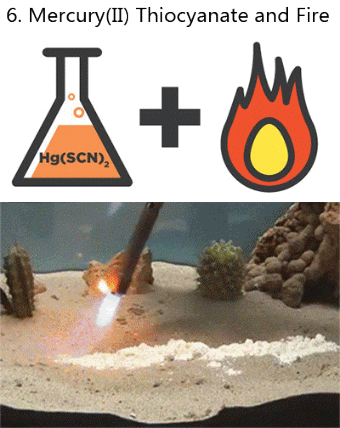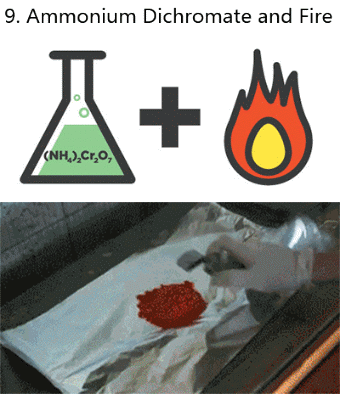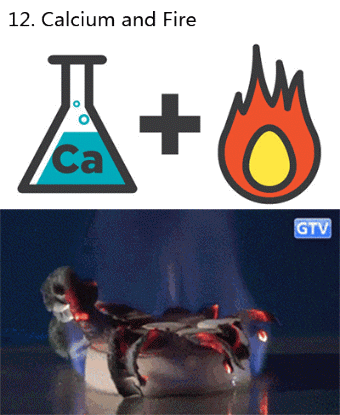Total Breakdown In The Brain
Total breakdown in the brain
A stroke is just one example of a condition when communication between nerve cells breaks down. Micro-failures in brain functioning also occur in conditions such as depression and dementia. In most cases, the lost capacity will return after a while. However, consequential damage will often remain so that the functional capability can only be restored through lengthy treatment — if at all. For this reason, researchers at Friedrich-Alexander-Universität Erlangen-Nürnberg (FAU) have been investigating what happens during such breakdown phases and looking at possible ways of preventing damage and speeding up the healing processes. Their findings have been recently published in the eminent journal Scientific Reports.

(Image caption: Nerve cell networks visualised using high-speed fluorescent microscopy and then reconstructed with the software developed by Wrosch and her team. Credit: FAU/Jana Wrosch)
The research team headed by Jana Wrosch of FAU’s Chair of Psychiatry and Psychotherapy found that significant alterations occurred in neural cells while the communication pathways were blocked. Neuron networks reconnect during such periods of inactivity and become hypersensitive. If we imagine that normal communication pathways are motorways, when they are blocked a form of traffic chaos occurs in the brain whereby information is re-routed in disorganised form along what can be called side streets and minor routes. Additional synapses are generated everywhere and begin operating. When the signal is reinstated, the previously coordinated information routes no longer exist and, as in the case of a child, the appropriate functions need to be learned from scratch. Since they are receiving no normal signals during the phase of brain malfunction, the nerve cells also become more sensitive in an attempt to find the missing input. Once the signals return, this means they may overreact.
Nerve cells flicker when stained
Visualising the microscopically minute connections between the nerve cells is a major technical challenge. The conventional microscopic techniques currently available, such as electron microscopy, always require preliminary treatment of the nerve cells that are to undergo examination. However, this causes the nerve cells to die, so that the alterations that occur in the cells cannot be observed. To get round this problem, Wrosch and her team have developed a high-speed microscopy process along with special statistical computer software that make it possible to visualise the communication networks of living neurons. First, a video of the cells is made whereby an image is taken every 36 milliseconds. A special dye is used to stain the cells to ensure that the individual cells flicker whenever they receive a signal. Subsequently, the software recognises these cells on the video images and detects the information pathways by which the signals are transmitted from cell to cell.
The nerve cells are then exposed to the pufferfish poison tetrodotoxin to simulate the blocking of communication channels that occurs in disorders. After inducing communication breakdown phases of varying lengths, the researchers remove the toxin from the cells and determine how the nerve cell networks have changed during exposure. ‘Thanks to this concept, we have been finally able to discover what happens when communication is blocked,’ explains Wrosch. ‘Now we can try to develop medications that will help prevent these damaging changes.’ In future projects, the research team plans to examine the exact mode of action of anti-depressants on nerve cell networks and intends to find new approaches to creating more effective drugs.
More Posts from Science-is-magical and Others
which scientist should you fight
geologist: will throw copious amounts of rocks at you. not recommended unless you can also throw equal amounts of rocks back
botanist: knows 1001 ways to poison you. probably shouldn't fight
zoologist: knows 1001 animals that can kill you. probably shouldn't fight either
entomologist: spiders. enough said.
physiologist: they know too much about the human body and how to cause optimal pain with minimal damage. not safe.
geneticist: will unleash their army of mutated fruit flies at you. can be either good or bad thing, depending on your preference for flies with legs growing out of their eyes
immunologist: they have perfected the t-cell inspired technique of "death by neglect". if you fight them you will die in the saddest way possible
microbiologist: please don't fight someone who is already pissed about antibiotic resistance and can identify bacteria based solely on their smell
climatologist: will choose the battlefield as somewhere in the path of a category 5 hurricane and then leave you to die. do not fight please
environmental scientist: they can control the entire world do you really want to fight them
chemist: have you seen breaking bad? no, do not fight them. do NOT
physicist: will kill you with math. not the best way to go
herpetologist: can probably speak parseltongue and know just which frogs are best at taking over your habitat. only fight if you live in antarctica
cancer biologist: has immediate access to at least 5 different tumor cell lines and knows exactly where to inject them in your heart to cause metastases. don't even look them in the eye
marine biologist: is a real life aquaman. will lure you with cute river otters and then finish you off with some terrifying deep sea creature. better to just stay home and never leave
psychologist: is basically a mind reader. will drown you in your deepest darkest fears. 10/10 do not recommend to fight
molecular biologist: will kill you organelle by organelle. you will die a slow and painful death while covered in budding yeast
statistician: their power is always over 80%, and they will quickly punt you in the path of a normal distribution even before you can yell "Wilcoxon!"
archaeologist: can use a trowel 59 different ways, and only 9 are for digging. one can only guess the other 50, so may be advisable to stay far away
astronomer: will launch you into space and send you to a planet so inhospitable not even matt damon can make it back this time
pharmacologist: why would you ever fight someone who knows all about drugs. why
computer scientist: they know the perfect algorithm for death. do not fight, even with a firewall
linguist: no matter where you are, they can talk about you behind your back in the native tongue. do you really want death by humiliation. do you
dinosaurologist: are you kidding me?? the answer is no
sociologist: yea
It always creeps me out...
…that no matter
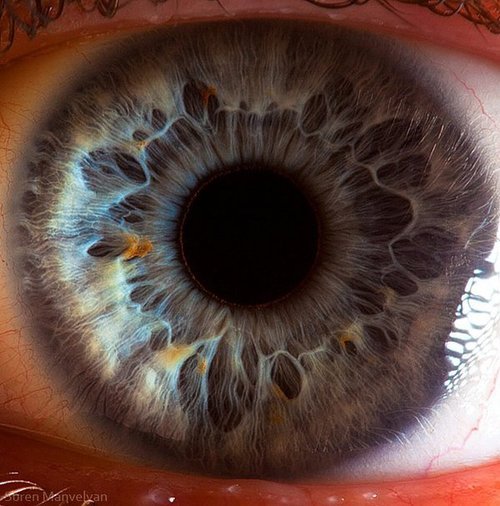
how close

you get
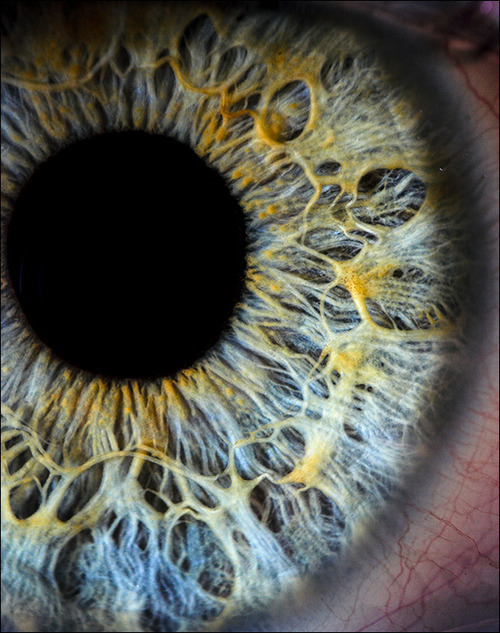
the pupil
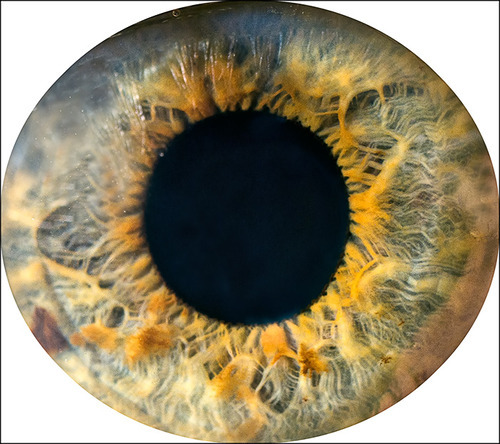
seems to
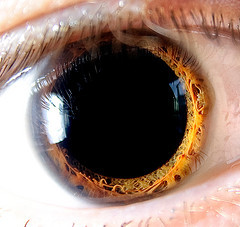
devour light
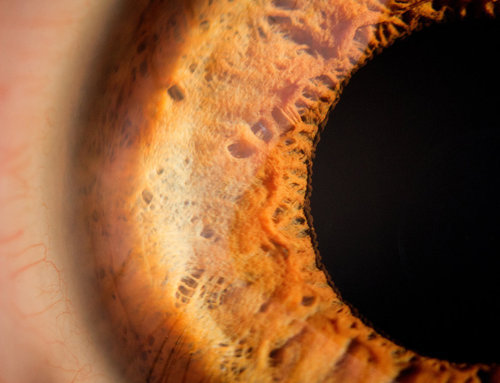
like a black hole
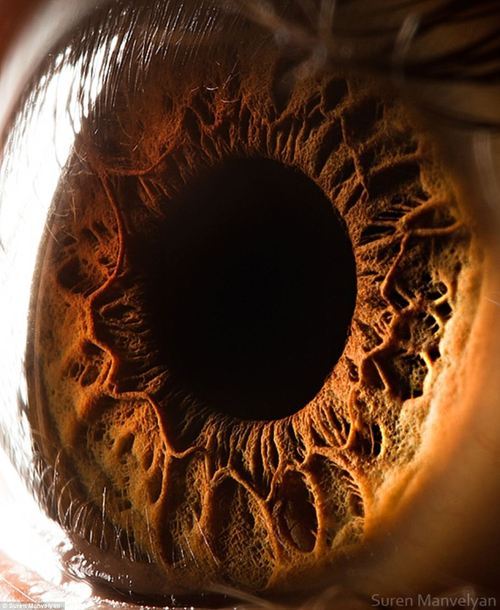
it reflects no light
Flying to New Heights With the Magnetospheric Multiscale Mission
A mission studying Earth’s magnetic field by flying four identical spacecraft is headed into new territory.

The Magnetospheric Multiscale mission, or MMS, has been studying the magnetic field on the side of Earth facing the sun, the day side – but now we’re focusing on something else. On February 9, MMS started the three-month-long process of shifting to a new orbit.

One key thing MMS studies is magnetic reconnection – a process that occurs when magnetic fields collide and re-align explosively into new positions. The new orbit will allow MMS to study reconnection on the night side of the Earth, farther from the sun.

Magnetic reconnection on the night side of Earth is thought to be responsible for causing the northern and southern lights.

To study the interesting regions of Earth’s magnetic field on the night side, the four MMS spacecraft are being boosted into an orbit that takes them farther from Earth than ever before. Once it reaches its final orbit, MMS will shatter its previous Guinness World Record for highest altitude fix of a GPS.
To save on fuel, the orbit is slowly adjusted over many weeks. The boost to take each spacecraft to its final orbit will happen during the first week of April.

On April 19, each spacecraft will be boosted again to raise its closest approach to Earth, called perigee. Without this step, the spacecraft would be way too close for comfort – and would actually reenter Earth’s atmosphere next winter!

The four MMS spacecraft usually fly really close together – only four miles between them – in a special pyramid formation called a tetrahedral, which allows us to examine the magnetic environment in three dimensions.

But during orbit adjustments, the pyramid shape is broken up to make sure the spacecraft have plenty of room to maneuver. Once MMS reaches its new orbit in May, the spacecraft will be realigned into their tetrahedral formation and ready to do more 3D magnetic science.

Learn more about MMS and find out what it’s like to fly a spacecraft.
-
 jacob-says liked this · 5 months ago
jacob-says liked this · 5 months ago -
 schwarzebrandung liked this · 3 years ago
schwarzebrandung liked this · 3 years ago -
 can-i-get-uhhhhhh-a-name-blog liked this · 5 years ago
can-i-get-uhhhhhh-a-name-blog liked this · 5 years ago -
 etceterodactyl liked this · 5 years ago
etceterodactyl liked this · 5 years ago -
 radpiewhispers reblogged this · 6 years ago
radpiewhispers reblogged this · 6 years ago -
 hammocksintherain liked this · 6 years ago
hammocksintherain liked this · 6 years ago -
 draclr reblogged this · 7 years ago
draclr reblogged this · 7 years ago -
 futanaritalizorah liked this · 7 years ago
futanaritalizorah liked this · 7 years ago -
 mysiaca liked this · 7 years ago
mysiaca liked this · 7 years ago -
 scintillatingramblings liked this · 7 years ago
scintillatingramblings liked this · 7 years ago -
 bibitch9 liked this · 7 years ago
bibitch9 liked this · 7 years ago -
 science-is-magical reblogged this · 7 years ago
science-is-magical reblogged this · 7 years ago -
 williamcubed reblogged this · 7 years ago
williamcubed reblogged this · 7 years ago -
 burialjones liked this · 7 years ago
burialjones liked this · 7 years ago -
 paper-pen-and-pizza liked this · 7 years ago
paper-pen-and-pizza liked this · 7 years ago -
 jossmayfair liked this · 7 years ago
jossmayfair liked this · 7 years ago -
 dhxhghks liked this · 7 years ago
dhxhghks liked this · 7 years ago -
 piensalobien liked this · 7 years ago
piensalobien liked this · 7 years ago -
 thisgameisaplateaux reblogged this · 7 years ago
thisgameisaplateaux reblogged this · 7 years ago -
 cloudair liked this · 7 years ago
cloudair liked this · 7 years ago -
 itsybitsyearthling reblogged this · 7 years ago
itsybitsyearthling reblogged this · 7 years ago -
 draclr liked this · 7 years ago
draclr liked this · 7 years ago -
 spanky119 liked this · 7 years ago
spanky119 liked this · 7 years ago -
 mawnah liked this · 7 years ago
mawnah liked this · 7 years ago -
 m-o-m-o liked this · 7 years ago
m-o-m-o liked this · 7 years ago -
 lizzieshane liked this · 7 years ago
lizzieshane liked this · 7 years ago -
 gaby-likes-blog reblogged this · 7 years ago
gaby-likes-blog reblogged this · 7 years ago -
 gaby-likes-blog liked this · 7 years ago
gaby-likes-blog liked this · 7 years ago -
 shadycurrcturrs liked this · 7 years ago
shadycurrcturrs liked this · 7 years ago -
 disco-dancer-donna reblogged this · 7 years ago
disco-dancer-donna reblogged this · 7 years ago -
 organic-matter reblogged this · 7 years ago
organic-matter reblogged this · 7 years ago



